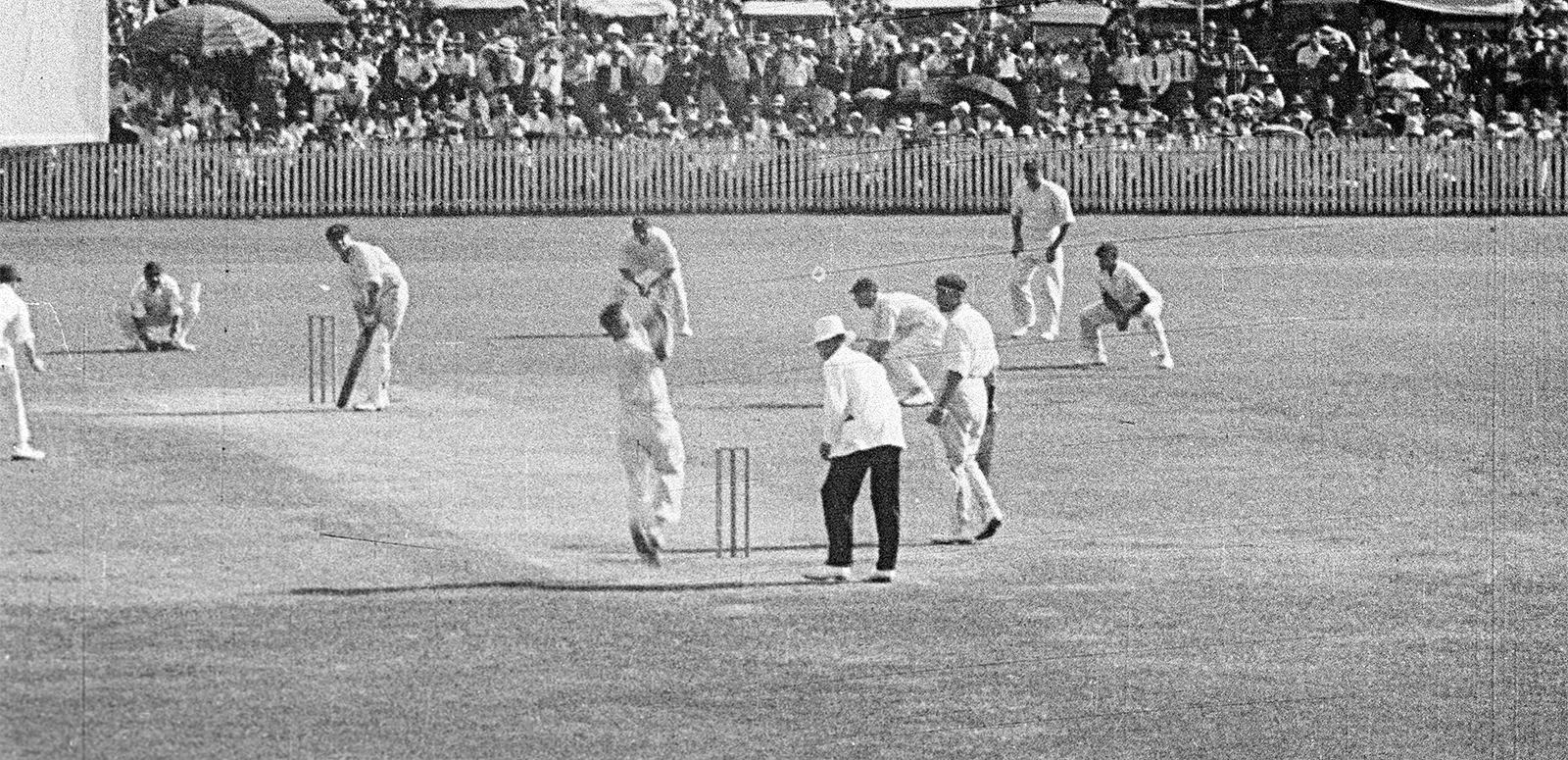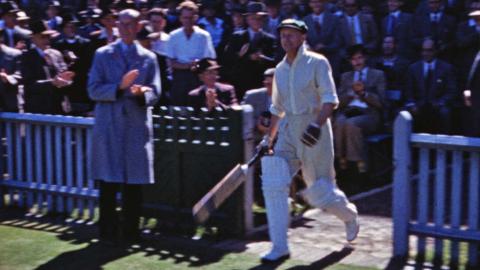The NFSA is sharing rarely seen moving images from the infamous 'Bodyline' Test Cricket series of summer 1932–33. Curator Jeff Wray reveals the background to the clips, which were digitally preserved from our source 35mm nitrate film components, and explains why the footage they contain is so significant.




